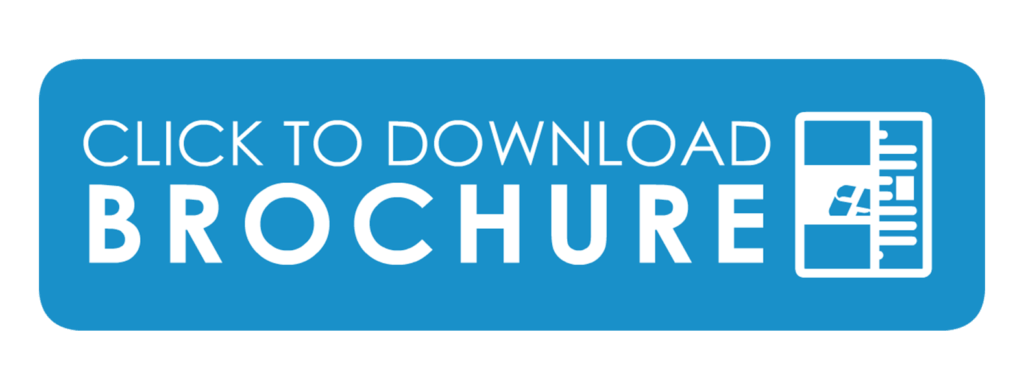The data and resources should be accessible for the authenticated users and only authorized permissions to be provided to the users as per the organization policies.
Regardless of where employees are working, they need to access their organization’s resources like apps, files, and data. The traditional way of doing things was to have the vast majority of workers work on-site, where company resources were kept behind a firewall. Once on-site and logged in, employees could access the things they needed.
Privileges Access Management PAM: is an identity security solution that helps protect organizations against cyberthreats by monitoring, detecting, and preventing unauthorized privileged access to critical resources. PAM works through a combination of people, processes, and technology and gives you visibility into who is using privileged accounts and what they are doing while they are logged in. Limiting the number of users who have access to administrative functions increases system security while additional layers of protection mitigate data breaches by threat actors.
Identity Governance Administration IGA:
IGA solutions enable enterprises to accurately and efficiently streamline user identity lifecycle management. Security administrators can automate the process of provisioning and de-provisioning user access throughout their access lifecycle. To enable this automation, IGA solutions work with Identity and Access Management (IAM) processes. IGA also works with IAM to help admins manage permissions and maintain compliance with accurate reporting. IGA includes provisioning, Entitlement management, Segregation of Duties SOD, Access Review, Role based access management
Two Factor Authentication 2FA:
Two-factor authentication adds an extra layer of security to verify that individuals logging in to a computer system are who they say they are. Security experts recommend multi-factor authentication because passwords are often stolen or easily guessed, leaving password-only protected logins vulnerable. In addition to “something the user knows” (the password), the second factor is “something the user has” (his or her cellphone).






